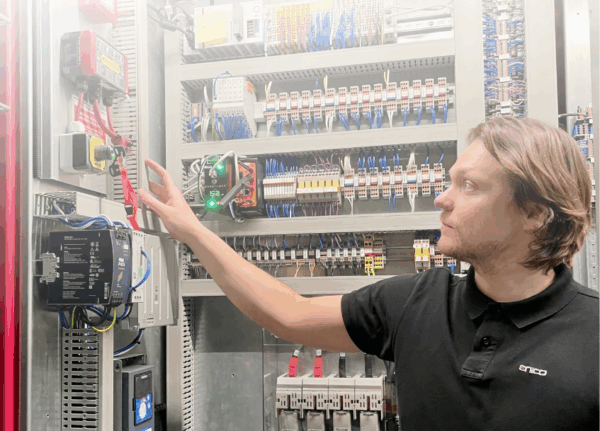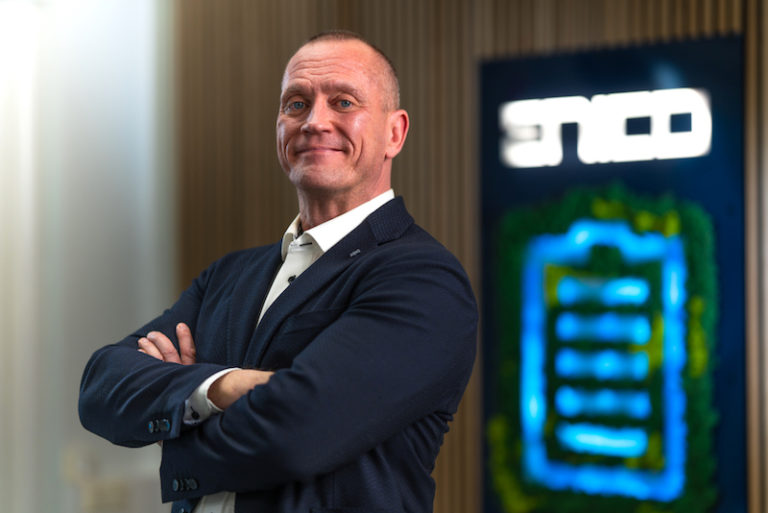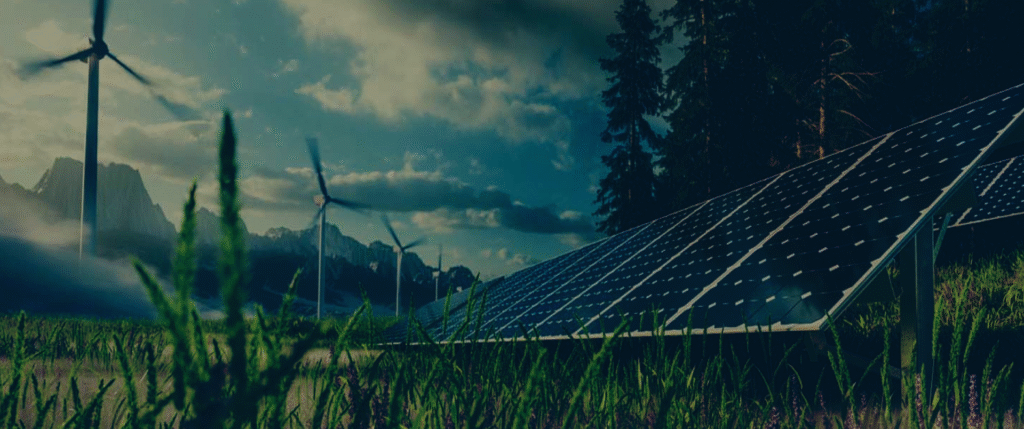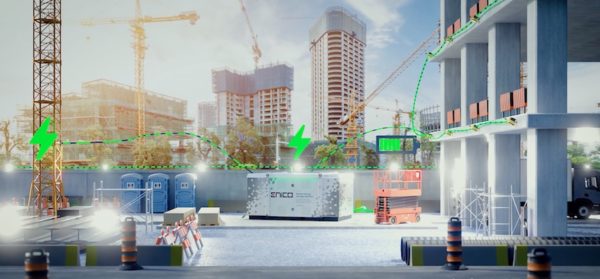Energiamarkkina on murroksessa
The strength of the energy transition has taken everyone by surprise. While the growth of renewable energy has been roughly as predicted, its actual impact on the market and the electricity system has been unexpected. This is evident, for example, in the challenges of balancing the grid and the lack of balancing power.
At the same time, the green transition has accelerated electrification. For example, electricity production companies have begun shifting their district heating and energy systems to run on electricity. Large-scale heat pumps and electric boilers are being built. In parallel, the increasing prevalence of heavy energy consumers like data centers and electrolysis plants is placing additional strain on the electricity grid.
Imbalance Between Grid Capacity and Consumption
We have woken up to the fact that the areas where energy is produced and where it is consumed are not in balance. There are approximately 79 regional grid companies in Finland responsible for managing the grid and its capacity in their respective areas. Overarching all of them is the transmission system operator (TSO), Fingrid.
In Finland, wind energy plays a major role, but in practice, most of it is generated in the north, while consumption is concentrated in the south. We are reaching the point where the main grid (Fingrid) cannot always transfer enough energy from where it’s produced to where it’s needed. This leads to bottlenecks and potential outages. For example, a new data center in Lahti is expected to consume a significant share of the city’s electricity (100 megawatts). Finland is marketed as a country with space and affordable energy, but these large consumers have a massive local impact and require proactive planning.
The pace of development is fast, and keeping up requires extensive collaboration, innovation, and investment. However, the regulatory framework for grid company profits does not adequately support rapid development. For instance, the Energy Authority regulates the returns of electricity grid companies. While well-intentioned, this has led to a situation where grid companies can no longer invest or their capacity to invest is severely limited—especially since many previous grid investments and line upgrades were financed with debt. Now, as returns diminish and debt financing becomes scarce, investments are being scaled back.
Finland still has room for more solar and wind investments. Compared to Central Europe, our grid is in relatively good shape. However, we are quickly approaching a similar scenario to what is seen there.
Energy Storage Has a Crucial Role in the Transition
It’s important to understand that both electricity production and consumption experience massive peaks, which strain the grid in ways it was not originally designed to handle. Energy storage is the most essential flexibility method in bridging this gap. The variability of wind and solar power underscores the need for systems that can respond rapidly to changes on the scale of seconds, minutes, and hours. This in turn causes other issues in the grid, such as voltage fluctuations.
As a result, large-scale energy storage systems are now required to not only store energy but also support the grid. This means they need to be grid-forming and capable of voltage control—something no current storage systems practically achieve yet.
In large systems, these features are essential to genuinely support grid stability and voltage regulation. This represents a major challenge that requires significant technical development and expertise. It involves a combination of hardware, software, and applications. The complexity of these systems will increase considerably, impacting how fast such solutions can be deployed.
It’s all about control systems and intelligence—how well the technology can be leveraged. Especially in larger projects, this requires detailed technical specifications and electrical engineering expertise. One bottleneck will be the availability of qualified professionals. Grid simulations are needed to model how the storage will behave as part of the network. Only after simulations can we build storage systems that behave as expected.
This leads to project delays, even though renewables continue to expand. For instance, Finland expects about two gigawatts of additional wind power next year. We recognize the growing complexity and rapid change, but can we keep up? Even if large-scale storage or home batteries are introduced, they won’t solve the overarching problem. While we may want to invest more in storage, the main grid’s capacity limitations and long investment cycles are a critical barrier. Capacity-reserved connections by regional grid operators will offer a more agile and faster route for new projects.
Project Timelines Are Increasing—But as a Fast Track Operator, Enico Utilizes Available Capacity
At Enico, we’ve chosen to focus on medium and smaller-scale projects. This allows us to utilize existing capacity, such as already reserved connections at the regional grid level or on-site, which are also recognized by the transmission grid operator. These projects don’t increase the burden on the grid, as they are based on pre-existing, reserved capacity.
Smaller-scale, faster-to-execute projects are becoming more attractive as larger ones slow down or face infrastructure challenges. Capital begins to seek faster returns, even from smaller projects—because there are so many more of them. This trend drives investment toward agile operators like Enico, who can deliver efficiently within existing infrastructure.
As a Fast Track operator, the investment timeline from decision to market-ready system averages eight months. An eight-month turnaround for multi-megawatt projects is a significant achievement when compared to heavy C- and D-category projects that can take more than two years. This agility allows customers to quickly access market opportunities, such as regional subsidies, electricity price fluctuations, or short-term capacity needs.
At Enico, we aim to stand out as a Fast Track operator. The ability to deliver faster, more flexibly, and cost-effectively directly responds to investors’ needs to seize market opportunities quickly. This is a clear competitive advantage in today’s energy storage market.
We don’t just offer products or solutions—we provide a complete service package. For investors, it’s not just about speed but also the assurance that the project is technically and economically viable. Partnerships are key—not just as technology providers but as expert collaborators in planning and implementation. The ability to deliver systems quickly requires excellent supply chain management and the use of standardized technical solutions. This is a clear strength, whereas large projects often suffer from long lead times and supplier bottlenecks.
Markets that experience rapid changes—such as energy price volatility or short-term support mechanisms—favor operators who can deliver quickly.
Advantages of Enico’s Fast Track model:
- Fast ROI: A shorter investment cycle means faster returns.
- Less bureaucracy: Focusing on existing infrastructure and regional grid connections minimizes permitting and planning delays.
- Reliable partner: Enico’s expertise and experience ensure investors get the best possible solution without unexpected risks.







